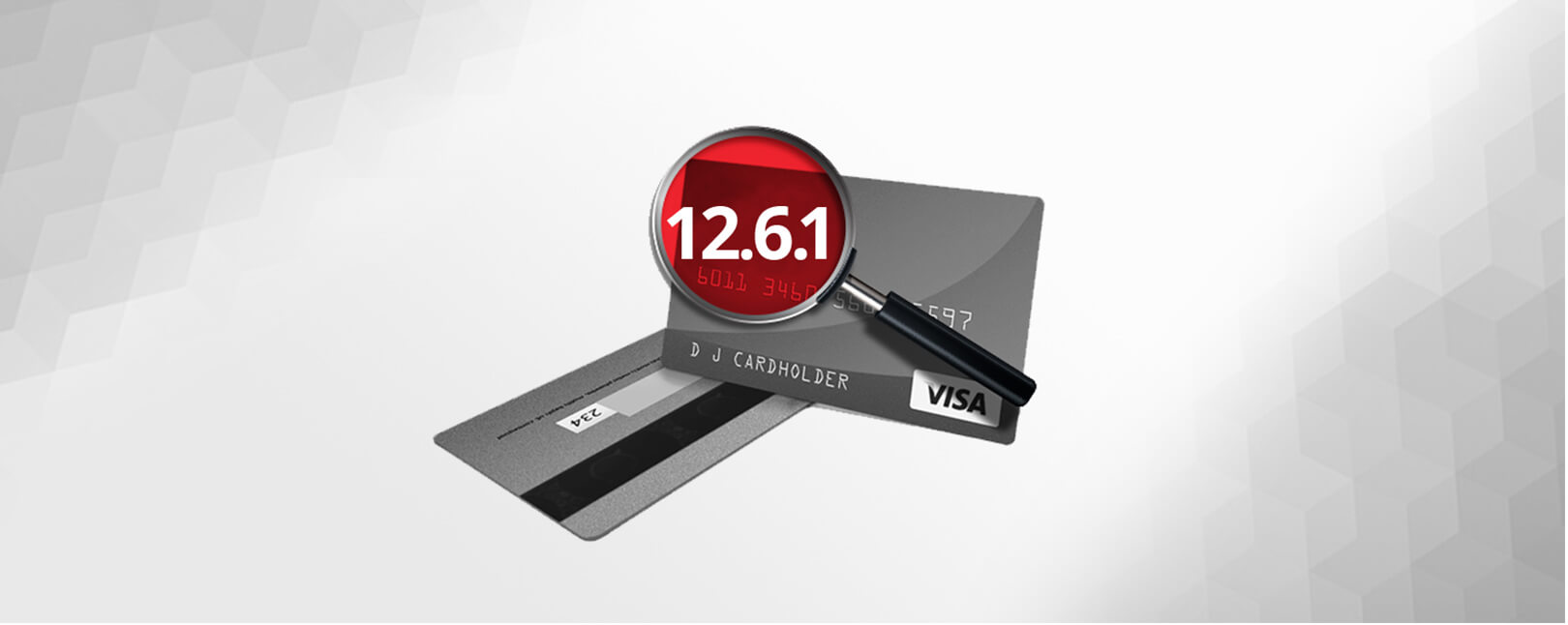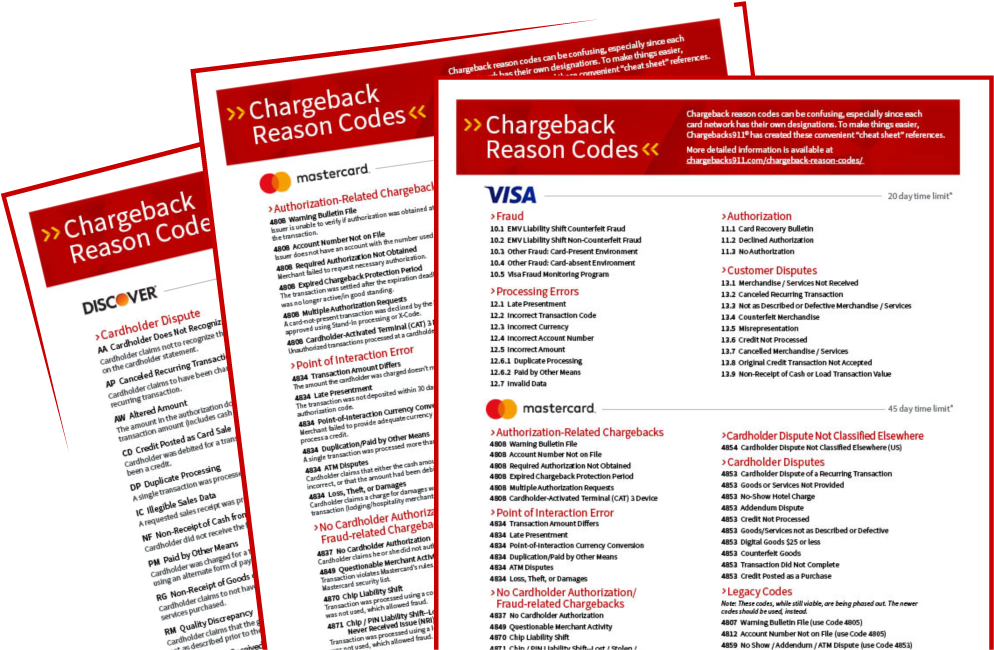Visa Reason Code 12.6.1: Duplicate Processing
For the sake of simplicity and standardization, card networks like Visa have created a breakdown of the acceptable causes for a customer to dispute a credit card transaction by filing a chargeback. Each of these causes has a designated “reason code,” and banks assign the appropriate code to each case to show the given reason for the chargeback.
That sounds simple enough, but the reality is, the given reason for a chargeback may or may not be the true reason. Plus, each card network has its own set of reason codes—which, while nearly the same in function, nevertheless differ from one another. Keeping track of all these codes, along with the best ways to either fight or prevent each one, is challenging.
With that in mind, let’s take a look at Visa Reason Code 12.6: Duplicate Processing.
Chargebacks with duplicate processing reason codes are preventable.
Put our knowledge to work for you. Click to learn more.

What is Visa Reason Code 12.6.1?
Chargeback reason code 12.6 is an updated version of legacy reason code 82, which was phased out under the Visa Claims Resolution initiative. This code is unique—at least currently—in that Visa has since split it into two separate categories: 12.6.1, which covers duplicate processing errors, and 12.6.2, which specifically deals with transactions billed by other means.
Reason code 12.6.1 applies when the issuing bank receives the same transaction more than one time. Ideally, whenever a cardholder gets a double charge, they would contact the merchant and resolve the issue. Unfortunately, customers are every bit as likely to call their bank to report the double charges. This means that a simple merchant error can quickly escalate to a chargeback.
Merchant Errors, Rights, & Limitations
Chargebacks of any kind are nothing but trouble for merchants…yet many chargebacks are the direct result of preventable merchant missteps. It’s crucial for businesses to recognize the common merchant errors that might trigger a reason code 12.6.1 chargeback:
- The merchant enters the same transaction into the terminal more than once.
- The merchant electronically transmits the same transaction capture batch to the card processor more than once.
- The merchant deposits both the merchant copy and the acquirer copy of the receipt.
- The merchant creates two transaction receipts for the same purchase.
- The merchant deposits receipts for the same transaction with more than one merchant bank.
Obviously, if a merchant is regularly double-charging customers—even by accident—there’s a problem that needs to be addressed by the merchant. Those aren’t the only causes of duplicate processing code chargebacks, though.
As mentioned earlier, the given reason for a chargeback may be far different from the actual reason. The cardholder who knowingly tries to file a chargeback under false pretenses commits friendly fraud. While banks try to investigate all claims thoroughly before processing a dispute, the meteoric rise in chargeback cases has made this extremely difficult. In many cases, it’s more efficient to simply take the customer’s claim at face value.
Fortunately for merchants, there are at least some time limitations placed on chargebacks based on a duplicate processing reason code:
- Within the US, the dispute processing time limit is 120 calendar days from either the day the transaction was processed (for purchases or returns), or the transaction adjustment date (for ATM cash disbursement or PIN-authenticated transactions).
- Outside the US, a maximum of 120 calendar days may pass between the transaction processing date and the dispute processing date.
Chargeback Reason Code 12.6.1: Prevention & Response
No matter how faithfully merchants follow the rules, there will always be people who attempt to take advantage of the system. That said, there are certain steps merchants can put into place to try and mitigate the risk of this specific type of chargeback:
- Review all transaction receipts prior to deposit.
- Take care to transmit each batch only once. Record the submission immediately; if you are unsure if a batch has been sent, refer to the record.
- Implement ongoing training to ensure your staff understands the proper procedures for processing transactions, including duplicate transmissions.
- Immediately issue a credit for any duplicate transaction you become aware of.
While preventative measures can significantly lower the overall volume, some illegitimate chargebacks may slip through the cracks. Merchants who have evidence that refutes a cardholder’s claim should definitely challenge the chargeback through Visa’s dispute process. Here are some steps merchants can take to make the representment process more successful:
If… |
Then… |
| The transactions are not duplicates.… | … provide evidence that the two transactions are separate and do not represent the same goods or services. |
| The transaction actually was duplicated… | …you must accept the dispute. |
| You have already processed a reversal, or issued a credit for the transaction... | …provide evidence of the credit or reversal,
including the amount and the date it was processed. |
| The cardholder no longer disputes the transaction… | …provide evidence from the cardholder which states they no longer dispute the transaction. |
Take a Wider View
Chargebacks911® can help your business manage all aspects of chargeback reason codes, with proprietary technologies and experience-based expertise. Contact us today for a free ROI analysis to learn how much more you could save.









